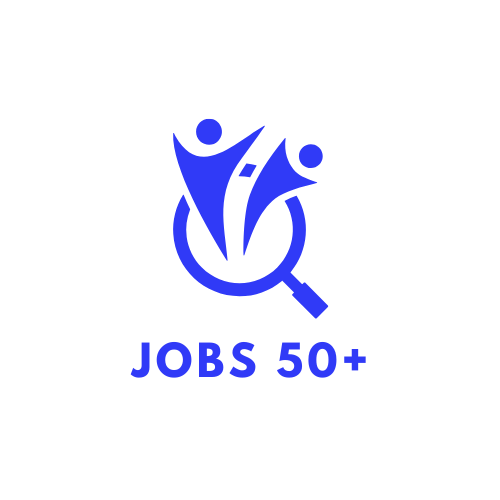
Optimizing your 50+ CV: step-by-step instructions for your application
Are you over 50 and looking to reorient your career or return to the workforce? Then you bring something to the table that many others don’t: experience, reliability, and the ability to stay calm even in complex situations. Still, many people over 50 find themselves overlooked or underestimated during the application process. But it doesn’t have to be that way. With the right mindset and effective strategies, you can stand out more than ever today.
In this article, you’ll find a comprehensive, practical step-by-step guide to preparing your CV in a way that convinces modern recruiters—structured, confident, and forward-looking. CV 50+
Step 1: Embrace Your Age with Confidence
You don’t need to hide or overemphasize your age. What matters is this: you are not a second-rate candidate! You bring valuable experience—something that’s in high demand. Don’t justify your age; frame it as a strength. You know how to handle challenges and bring long-term thinking and perseverance. Avoid phrases like “Despite my age…” and use active wording instead: “With extensive experience in…” or “As a seasoned professional with over 25 years in the industry…”
Step 2: Use a Modern, Clear Format
A professional layout is key. Many CVs fail because they look outdated or confusing. Aim for a modern, clean design:
- Use easy-to-read fonts like Arial, Calibri, or Open Sans
- List your work experience in reverse chronological order – your most recent role first
- Ideally, keep it to two pages. Three pages only if your career is especially long or complex
- Include a current, professional photo that shows you as approachable and authentic
Also important: Use white space, clear headings, and avoid dense text blocks. Recruiters often only scan resumes briefly.
Step 3: Choose Relevant Content Thoughtfully
You don’t need to explain every job detail, especially from decades ago. Focus on the past 10–15 years and what’s most relevant for your target role.
Example: You started in sales in 1995? Then something like this is enough: “1995–2005: Various sales roles at Company XY, most recently as team lead.”
Older positions can be summarized or listed with bullet points. More recent roles should be described in more detail, including specific tasks and achievements.
Step 4: Show Your Impact
Listing responsibilities isn’t enough. Show what you’ve accomplished—and how it benefited your employer. Replace vague duties with tangible results:
- “Introduced a new CRM system, reducing processing times by 25%”
- “Led a team of 10 employees and built a strong feedback culture”
Use numbers, outcomes, and comparisons. They add substance to your CV and make your skills more tangible.
Step 5: Demonstrate Your Willingness to Learn
Learning never stops—especially in dynamic work environments. Show that you’re open to development:
- Mention training, certifications, courses (including online platforms like LinkedIn Learning or adult education centers)
- Highlight new tools, software, or technologies you’ve learned
- Include self-directed learning: podcasts, webinars, industry magazines, communities
This signals that you’re curious and adaptable—exactly what employers want.
Step 6: Add a Strong Summary at the Top
A short profile at the beginning of your CV gives recruiters a quick sense of who you are. Summarize your key strengths, specializations, and focus areas in 3–6 bullet points:
- “Manager with 25 years of experience in retail”
- “Specialized in process optimization, customer loyalty and personnel development”
- “Strong in collaboration with interdisciplinary teams”
This summary is your elevator pitch on paper—make it count.
Step 7: Include Soft Skills50plus CV CV 50+
Technical skills are important, but soft skills set you apart. Highlight how you interact with others:
- Team spirit across generations
- Conflict resolution and strong communication skills
- Reliability and loyalty
- Openness to change and enthusiasm for learning
Add specific examples where possible. For instance: “Acted as mentor for new employees” or “Led successful change processes with the team.”
Step 8: End with a Strong Conclusion
Your CV should make the reader want to meet you. It’s not just a career history—it’s your professional story. Aim for a cohesive structure, a clear message, and a consistent tone. Most importantly: Own your experience. It’s not a burden—it’s your edge.
Wishing you every success with your applications!
#Resume 50plus #Resume 50plus

Share
Facebook
X
LinkedIn
Telegram
Tumblr
Whatsapp
VK
Mail